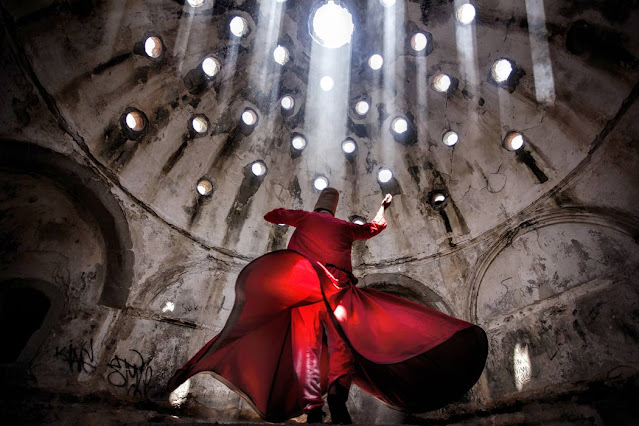The white Terraces of Pamukkale, Turkey
Pamukkale, a spectacular natural area with sparkling white castle-like cascades, is one of Turkey's most important highlights and a one-of-a-kind wonder on the planet. The place is known as "Pamukkale," which means "cotton castle" and refers to the area's magnificent and breathtaking white vista. Apply for a turkey visa right now to explore this beautiful place. Stalactites, potholes, and cataracts are generated by limestone-laden thermal springs, resulting in the incredible construction of brilliant white castles.
The water in the terraces is rich
in calcium bicarbonate and has a temperature of 33 degrees Celsius. Waters that
are primarily calcium salts and carbon dioxide flow away from the plateaus by
depositing calcium and removing carbon dioxide. This slow creation has shaped
the magnificent Pamukkale landscape for tens of thousands of years, creating a
cotton-like look. The mineral water supplies come from the Cal Mountain thermal
springs located above Hierapolis' theatre. This is collected in a pool known as
the "Sacred Pool" of ancient times, where you may swim among
Hierapolis' historical ruins. The Sacred Pool has been situated in the
Pamukkale Hotel.
Pamukkale's mineral water is
well-known for its advantages to the eyes and skin and its curative properties
for asthma and rheumatism. On the back of the stunning white terraces are the
ruins of the ancient Hierapolis. The fairy-tale town of Pamukkale is the best
destination to visit on a trip in Turkey. Pamuk kale is home to many excellent
hotels.
The Denizli Museums are just two.
However, they are both quite fascinating and include a lot of exhibitions.
The first museum is the
Ethnographic Museum, which has a section dedicated to Mustafa Kemal Ataturk.
Kimon Vandazofulus, a Greek merchant, constructed and owned the house.
Both floors depict standard
rooms, everyday life, clothing, and home furniture from the nineteenth to the
twentieth centuries.
The Archeology Museum is situated
in the Roman Baths of Hierapolis, a historic city. The baths' several rooms now
house various artifacts from many ages and civilizations.
Hall A - Sarcophagi of the
illustrious dead, Statues of Roman gods - Dionysus, Asklepios, Pan, etc.,
Gravestones, Pedestals, Pillars from structures and inscriptions.
Hall B - has artefacts dating
from 2000 BC to the Middle Ages. The British Institute of Archaeology has
excavated most of them, including earth bowls, libation cups, seals, and idols.
The Phrygian, Hellenistic, Roman and Byzantine civilizations are all
represented in Hall B. The coin collection from the 6th century AD until the
Ottoman period would be essential.
Hall C - Decorative reliefs
dedicated to the myths of Apollo and Artemis, as well as the Roman Emperor
Septimus Severus.
The Pamukkale natural springs are
not the only attraction in the Denizli area. The roosters are likewise
well-known for this. The one-of-a-kind bird that the locals raise might be
rather spectacular. In the first year after hatching, the rooster may crow
(sing) for around 20 seconds. The singing duration of time increases as the
child becomes older. The lovely melody starts slowly, picks up speed in the
middle, and then slows down again towards the end.
In case you plan to apply for a turkey
visa online to Pamukkale, visit turkeyvisaonline.com. Probably
it is a perfect option to search for exclusive deals on turkey
e visa.







Comments
Post a Comment